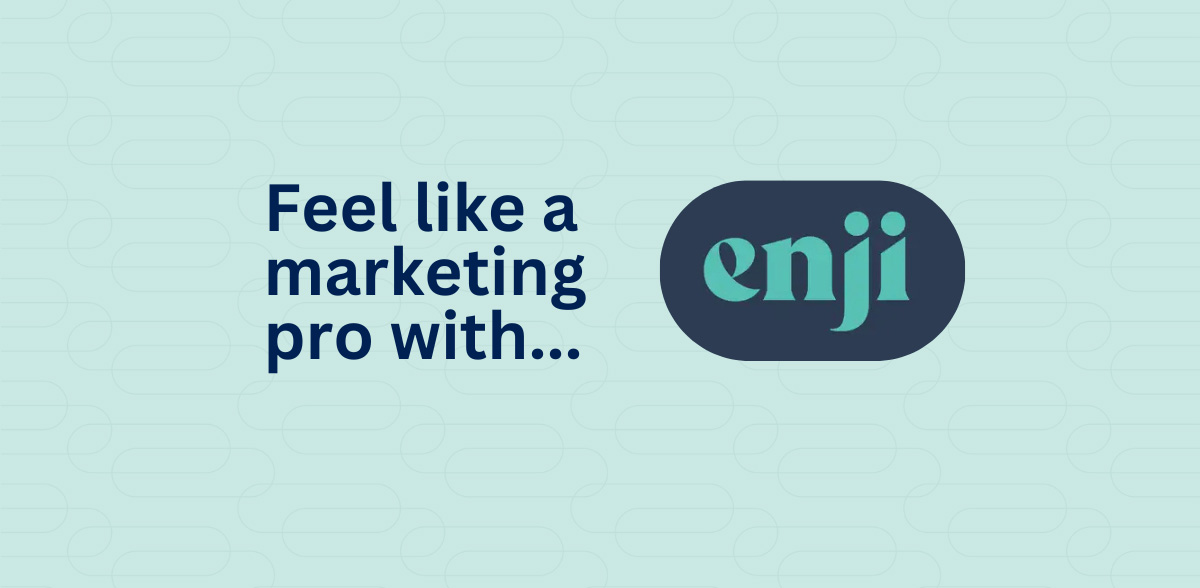Note, this is the second release in a three-part blog series around creating a content marketing strategy. Don’t forget to read the first blog Creating a Content Strategy for Your Business [and the final blog Executing and Evolving Your Content Strategy] to get the full picture on creating a content plan!
In the first part of this series, we explored the basics of content strategy, including what it is, its benefits, and how it aligns with your business goals. Now, we’ll focus on what might be the most important part…actually developing and planning your content!
Exploring who you are, who you are talking to, and which format is best for your business – and then building a solid content plan for execution – will make the content creation stage of your strategy that much easier!
Identifying Your Skills and Expertise
Who you are as a business owner is a unique individual full of amazing insights and expertise. Your content should reflect that! Not only will the things that make you, well you, set you apart from the competition, but they will also build trust with your audience.
Start by listing your skills, knowledge, and experience in your business. What broad or niche areas do you focus on? What stories or tips do you have to share? Then, review this list and identify what sets you apart from other businesses in your industry.
Tip: You can also review any testimonials or case studies to see what recurring themes previous clients have shared when talking about you.
Identifying Your Target Audience
Once you know what specific area or areas of your skills you want to highlight, get in touch with who your ideal customer actually is. Review data about your existing or previous clients. If you’re not sure who that is, look into which target markets you might want to move into.
Here’s how to identify your target audience:
- Research Your Audience: Take a look at your social media insights, website analytics, client information, and conduct any surveys needed to identify patterns in your demographics. While typical data (age, location, etc) can be helpful , information regarding their interests, behaviors, pain points, and more will provide even more.
- Segment Your Audience: Divide your audience into 2-4 smaller segments based on common characteristics. For example, a business coach might have an audience made up of beginning entrepreneurs, experienced entrepreneurs, and those still working in their 9-5 with a side hustle.
- Segment Your Content Accordingly: For each of the different segments of your audience, you’ll want to answer these questions for each.
- What topics are they interested in?
- What problems do they need solutions for?
- How do they prefer to consume content (social media, blogs, videos, etc)?
Answering these questions will allow you to create content that resonates with each of your audiences and encourage them to engage with your brand accordingly.
Content Types and Formats
Choosing the right content format is key for engaging your audience and connecting with them. Different types of content serve different purposes and appeal to various preferences. Here’s a few popular content types and how to use them effectively:
Blog Posts
Blogs are a very important part of a successful content marketing plan. Not only do they establish your expertise and provide valuable information to your audience, but they also help drive organic traffic to your website.
Videos
Videos are an amazing way to provide engaging content for your audience. They’re excellent for tutorials, demonstrations, testimonials, or showcasing your expertise. Plus, they can be repurposed across multiple platforms – embedded on a website, shortened for Instagram or Tiktok, posted on YouTube, etc. Just remember to make them accessible with captions and transcripts.
Social Media
Social media is an essential tool for connecting with your audience and promoting your content. Different platforms suit different types of content – make sure to evaluate where your ideal audience is spending time and tailor your content to the platform you’re using. Create infographics, select imagery, and write captions that match the purpose of the post you’re creating. And don’t forget to engage! Respond to comments, ask questions, and encourage discussions to build a community around your brand.
Podcasts
If you have the capacity to consistently put out new episodes, podcasts are an excellent way to share in-depth content catered to your audience. Whether you share information solo or interview guest experts, it provides a personal connection between you and your community. Bonus: Creating podcasts allows you the opportunity to create even more content – share on social media, convert snippets into videos, and even use transcripts to create long form blog posts!
Other forms of content can include:
- being a guest on other blogs or podcasts,
- collaborating with colleagues,
- social media takeovers, webinars, articles,
- or even building online communities.
Evaluate which makes the most sense for your audience and have fun with it!
Creating a Content Plan for Your Business
Developing and planning your content strategy is hugely impactful when it comes to marketing yourself online and building a strong audience. Just remember, the key to a successful content plan is to be consistent, true to yourself, and responsive to your audience’s needs.
In the next part of this series, we’ll explore how to execute and measure your content strategy effectively. So, stay tuned!






